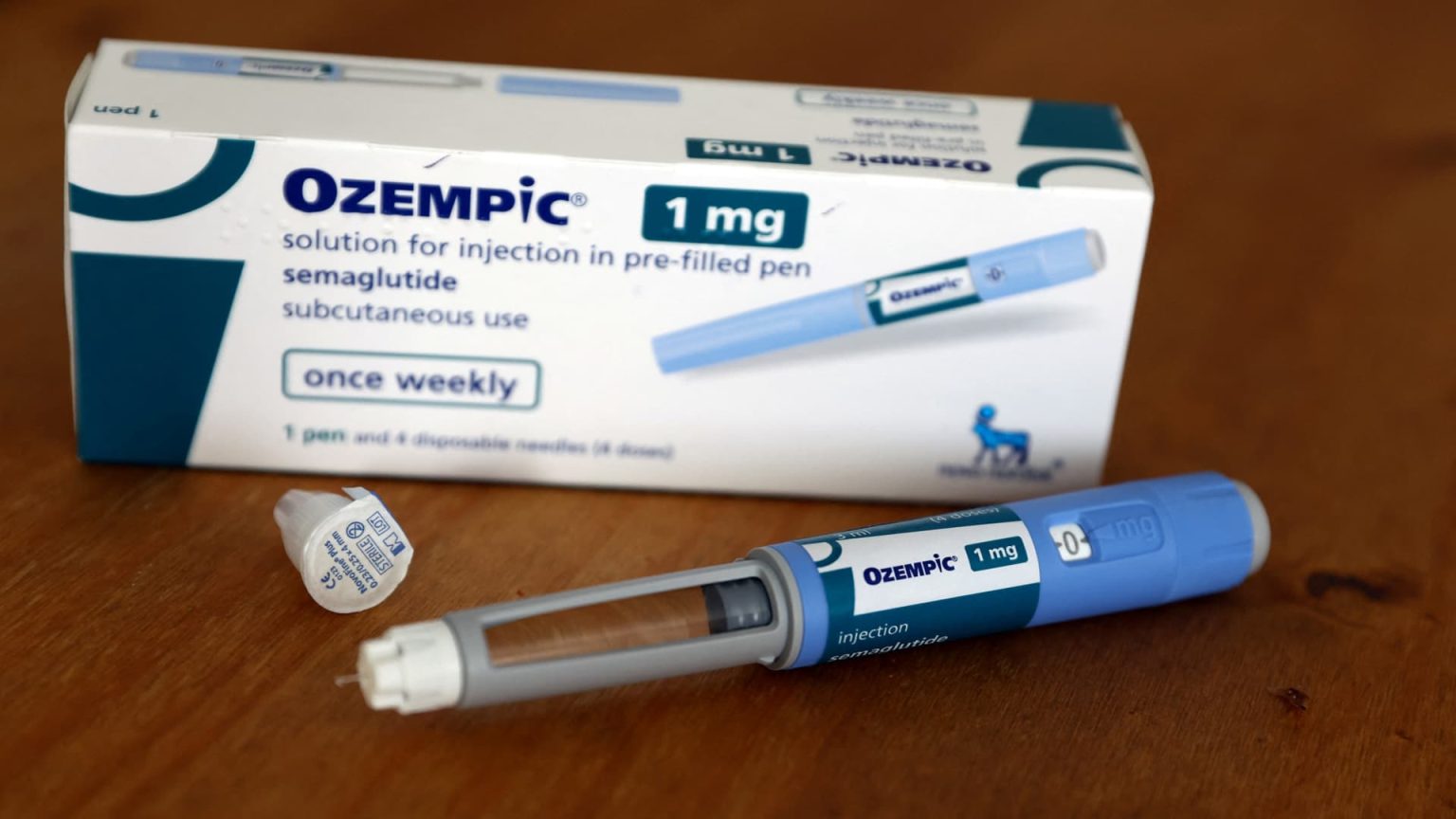A study released by researchers at Yale University, King’s College Hospital in London, and Doctors Without Borders suggests that the manufacturing cost of the blockbuster diabetes drug Ozempic could be as low as $4.73 per month, compared to Novo Nordisk’s list price of $935.77 per month in the U.S. before insurance. The high cost of Ozempic and other GLP-1 drugs for weight loss has raised concerns, especially as insurers are dropping coverage due to the expense, leaving many patients unable to afford these medications. The study highlights the disparity between manufacturing costs and list prices for these drugs, raising questions about accessibility and affordability for patients.
Despite the findings of the study, Novo Nordisk declined to disclose its production costs for Ozempic and its weight loss drug Wegovy. The company cited its significant investment in research and development, as well as efforts to provide discounts and rebates to ensure patient access. However, the study suggests that GLP-1 drugs could be manufactured at significantly lower prices, potentially enabling wider access for patients. Novo Nordisk emphasized that out-of-pocket costs for Ozempic vary depending on insurance coverage, with options for savings cards that can reduce expenses for some patients.
Another study conducted by the University of Liverpool and other researchers found that Wegovy, a counterpart to Ozempic, could be manufactured for $40 per month. Despite this lower estimated cost of production, the prices of GLP-1 drugs remain high, impacting millions of patients who rely on these medications for diabetes management and weight loss. A survey from Evercore ISI also revealed that a significant portion of individuals taking GLP-1 drugs are paying $50 or less out of pocket per month, indicating that affordability remains a challenge for many patients.
The demand for GLP-1 drugs has increased significantly in recent years, with more patients seeking these treatments for diabetes and weight loss. However, the rising costs have led to coverage issues, as insurers struggle to keep up with the expense of these medications. The study’s findings underscore the potential for reducing prices through cost-based manufacturing estimates, which could make these drugs more accessible to a wider population in need of effective diabetes management and weight loss solutions.
The study’s conclusions raise important questions about the pricing strategies of pharmaceutical companies like Novo Nordisk, which have come under scrutiny for charging exorbitant prices for life-saving medications. As policymakers and healthcare advocates continue to push for transparency and affordability in drug pricing, the findings of this study add to the growing evidence of discrepancies between manufacturing costs and list prices for critical medications like Ozempic. Addressing these disparities could help ensure that patients have access to essential treatments without facing financial hardships or coverage gaps.
In light of the study’s findings, it is evident that the high prices of GLP-1 drugs like Ozempic and Wegovy are a significant barrier to patients accessing these treatments. While efforts are being made to provide discounts and savings options for some individuals, the overall affordability of these medications remains a pressing issue. As discussions around drug pricing continue, it is crucial for pharmaceutical companies, insurers, and policymakers to collaborate on solutions that prioritize patient access and affordability, ensuring that life-saving medications are accessible to those who need them the most.


